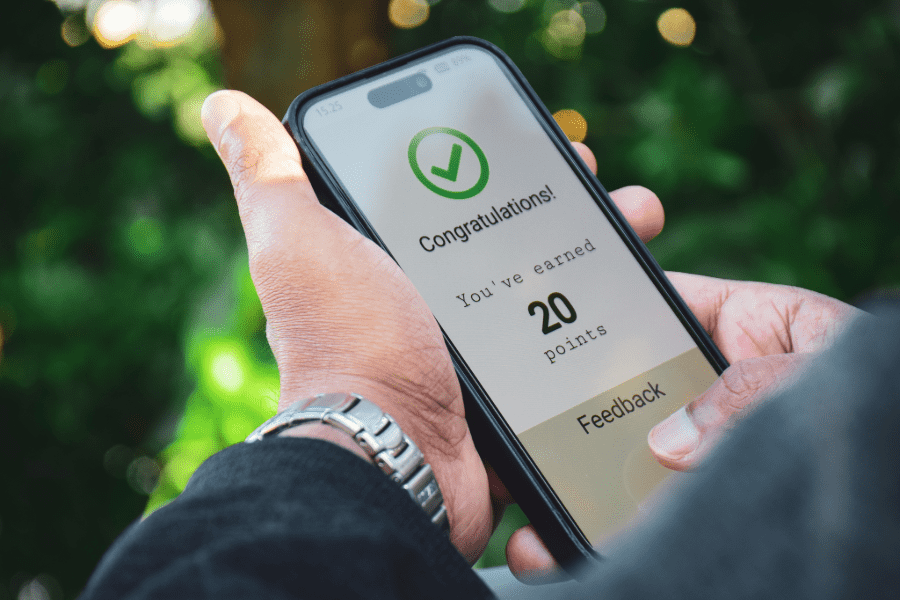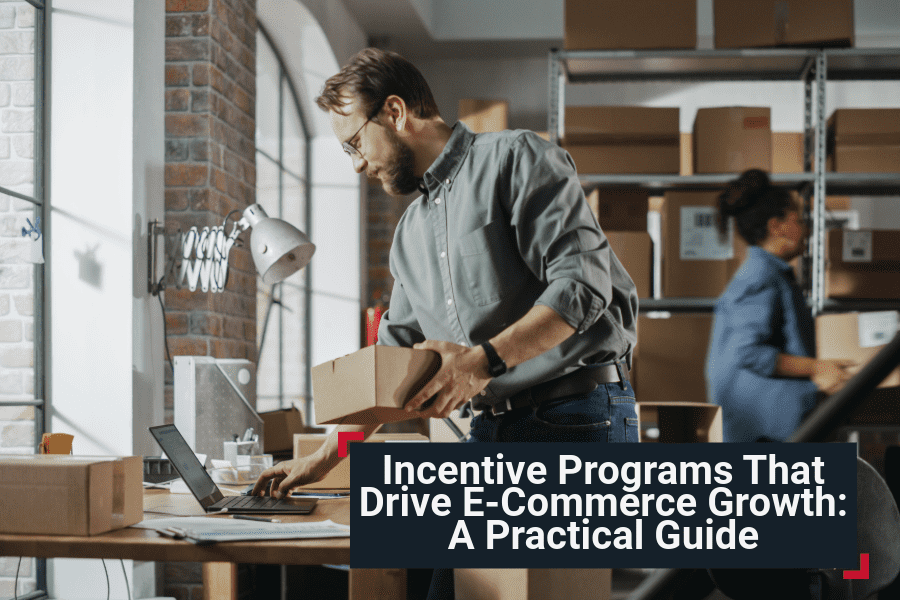Why Incentive Programs Work
In e-commerce, repeat customers are your most valuable asset. Incentive programs, whether loyalty points, tiered perks, or referral bonuses, help retain these customers, boost average order value, and encourage brand advocacy.
But an effective program is more than just a discount; it is about creating an experience customers want to return to. From the first click to the moment the package arrives at their door, every interaction matters.
1. Set Clear Goals Before You Launch
An incentive program should have a purpose beyond “get more sales.” Ask yourself:
- Do you want to increase repeat purchase rates?
- Boost average order size?
- Encourage customer referrals?
Having clear objectives helps you choose the right type of program and measure its success.
Pro Tip: Your goals will influence the rewards you choose. For example, if you want higher order values, offer free shipping or a bonus gift for orders over a certain amount.
2. Choose the Right Type of Incentive Program
Here are the most common (and effective) formats for e-commerce businesses:
- Points-Based Rewards: Earn points for each purchase, redeemable for discounts or products.
- Tiered Loyalty Levels: More spending unlocks better perks, great for motivating high-value customers.
- Exclusive Access & Early Releases: Make customers feel like insiders with early product drops or limited-edition items.
- Referral Rewards: Give benefits to both the referrer and the new customer.
- Subscription Benefits: Ongoing perks for repeat deliveries or memberships.

Pro Tip: Pair exclusive rewards with branded, limited-edition packaging to make redemptions feel special and share-worthy.
3. Design a Reward System That Customers Understand
A great incentive program is easy to join, easy to use, and easy to love.
- Keep earning simple: “Spend $1, earn 1 point” is easier to remember than complex formulas.
- Make redemption painless: Avoid excessive restrictions or hidden terms.
- Offer tangible, desirable rewards: Whether it is free shipping, a gift, or an experience, customers should want to earn it.
Packaging Connection: If your rewards include physical items, like freebies, gifts, or limited-run products, ship them in packaging that feels premium. It is a subtle way to reinforce the value of the program while keeping your brand in the spotlight.
Explore custom e-commerce packaging options here.
4. Use Your Program to Strengthen Brand Identity
Your incentive program is an extension of your brand. Make sure every touchpoint, from your website sign-up page to the delivery box, reflects your style and values.
- Incorporate your colors, fonts, and tone into all program communications.
- Use branded inserts, thank-you notes, or exclusive packaging for loyalty rewards.
- Create a shareable unboxing moment so customers want to post about it online.

5. Track, Learn, and Evolve
Once your program is live, track how customers engage:
- Which rewards are redeemed most often?
- Are referral codes actually being used?
- Does loyalty status impact purchase frequency?
Use this data to adjust your offers, refine your packaging strategy for high-value customers, and keep your program relevant.
Final Thoughts: Incentives as an Ecosystem
An incentive program is not just a marketing tactic; it is a full customer experience. Every stage, from how customers hear about the program to the excitement of opening a reward, contributes to its success.
When your incentives are valuable, easy to earn, and delivered in a way that reflects your brand’s quality, you turn casual buyers into loyal advocates, and that is where long-term e-commerce growth begins.
